3D Design Foundations
Working in 3D: wire contour, bristol surface and structural tessellation
Students too busy to appreciate each passing project get a sense of continuity at the end—and it shows through their writing
Winter 2009 syllabus
All first year design students (industrial, interior and visual communication) experience the same series of 3D foundation exercises to reinforce drawing skills and promote thorough ideation with multiple concepts. They continue with a another series of foundation exercises to reinforce drawing and conceptual skills that translate to three dimensional form and space.
Introduction to design theories, methods, and practices with an emphasis on representation, communication, form, composition and function of two/three dimensional design. Students are encouraged to utilize classroom and departmental facilities to conduct their project exercises. The aim of this course is to provide a thorough basis in research, principles, methods, form and meaning of two and three dimensional design. The course is structured to develop a solid foundation applicable into the various design majors.
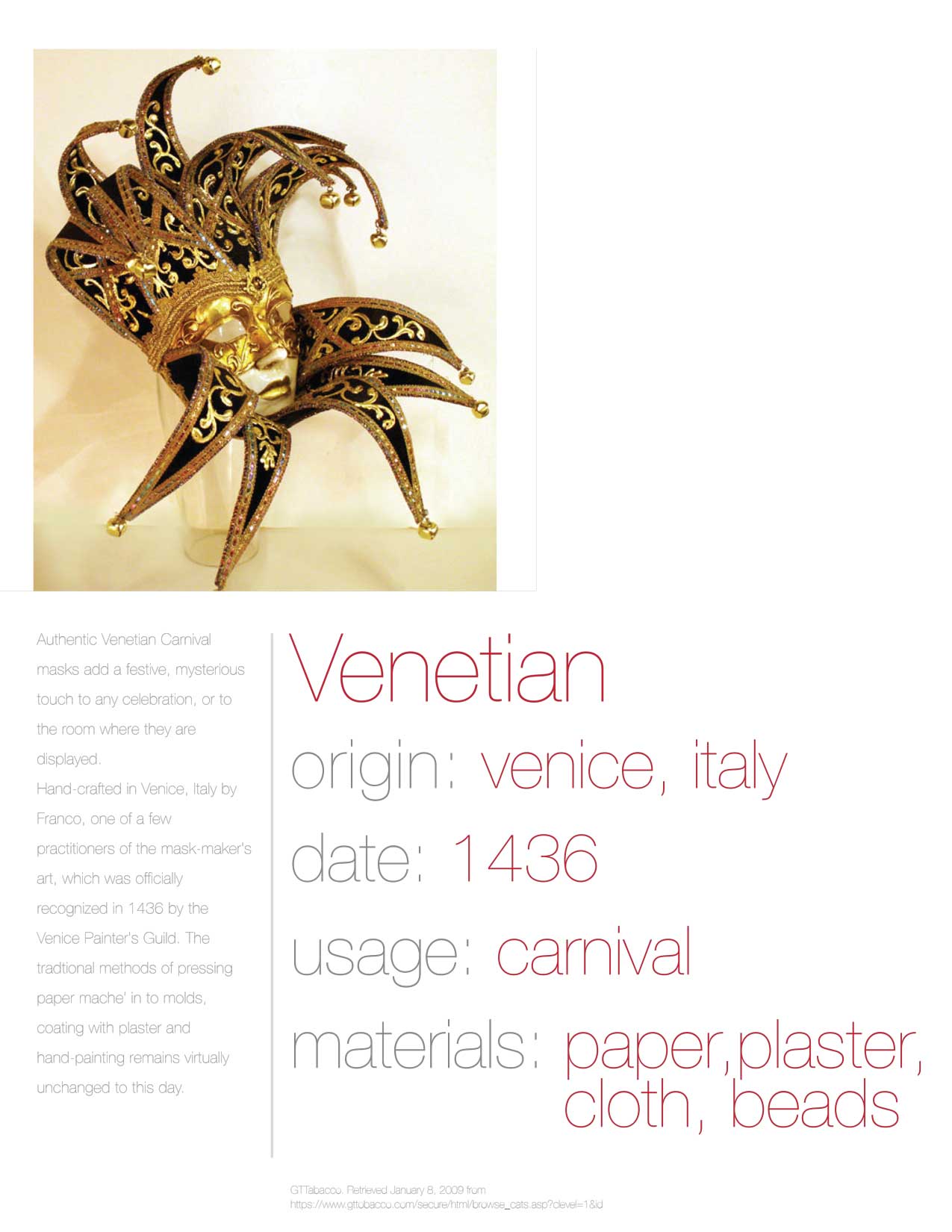


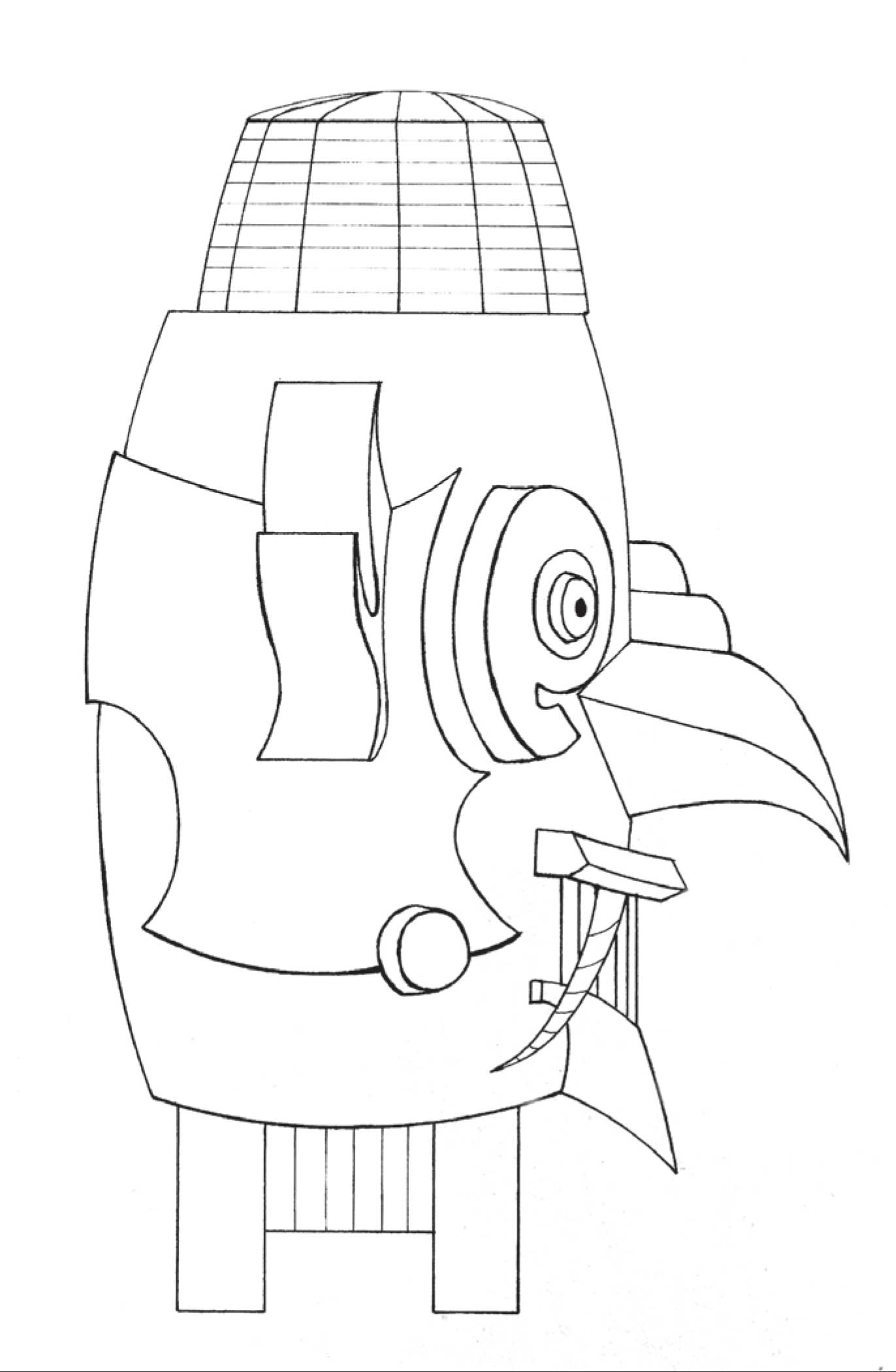
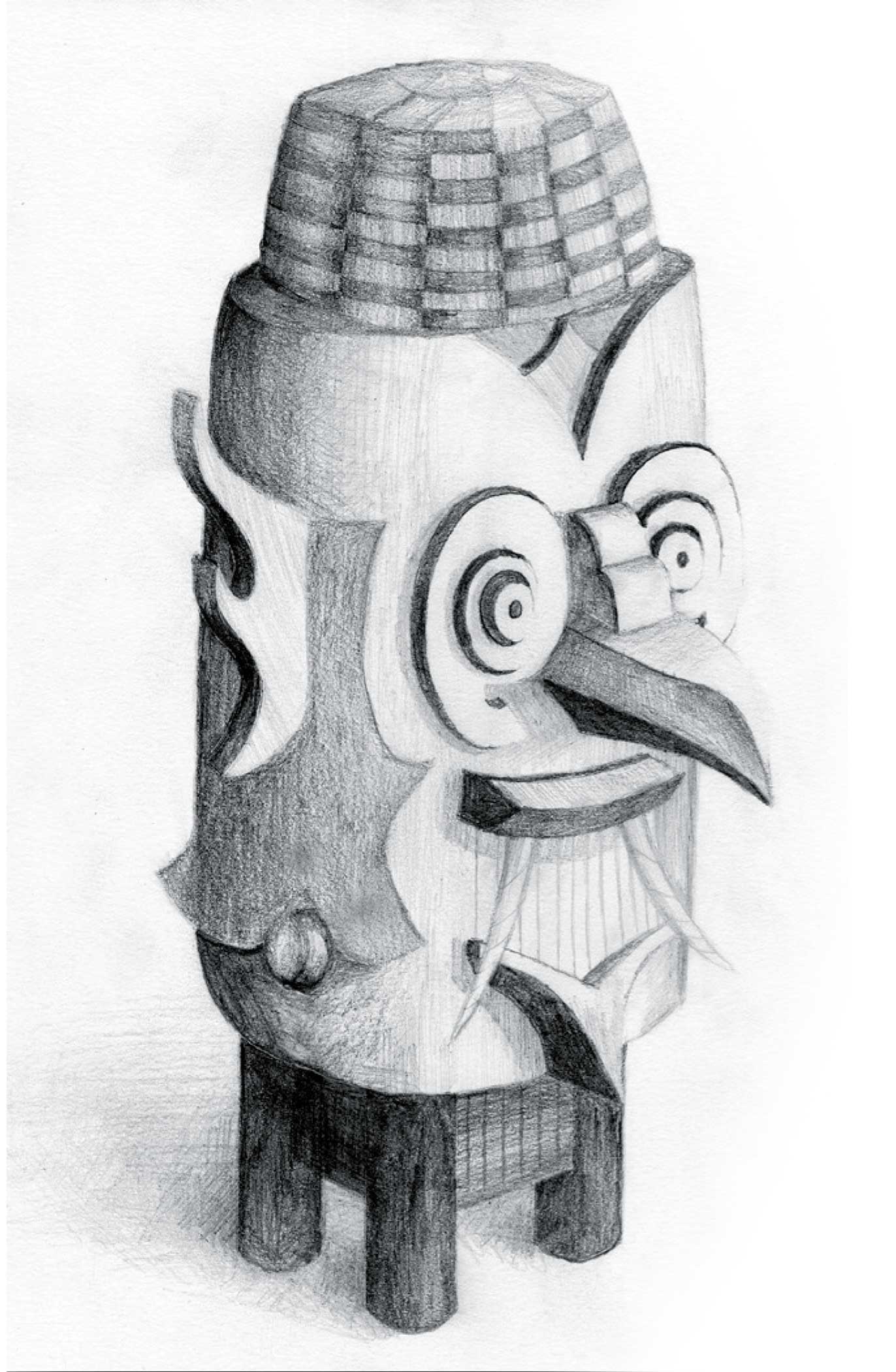


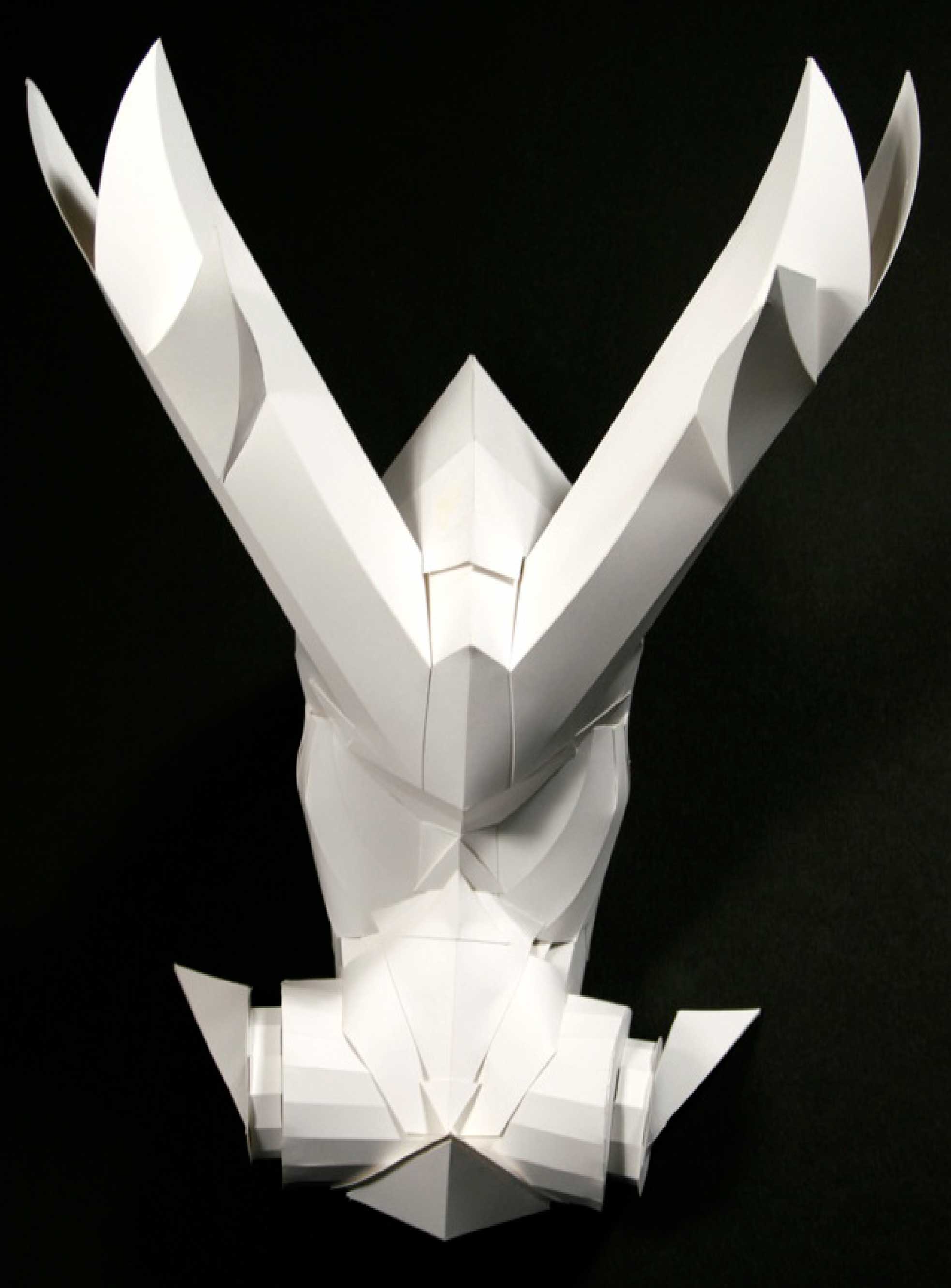
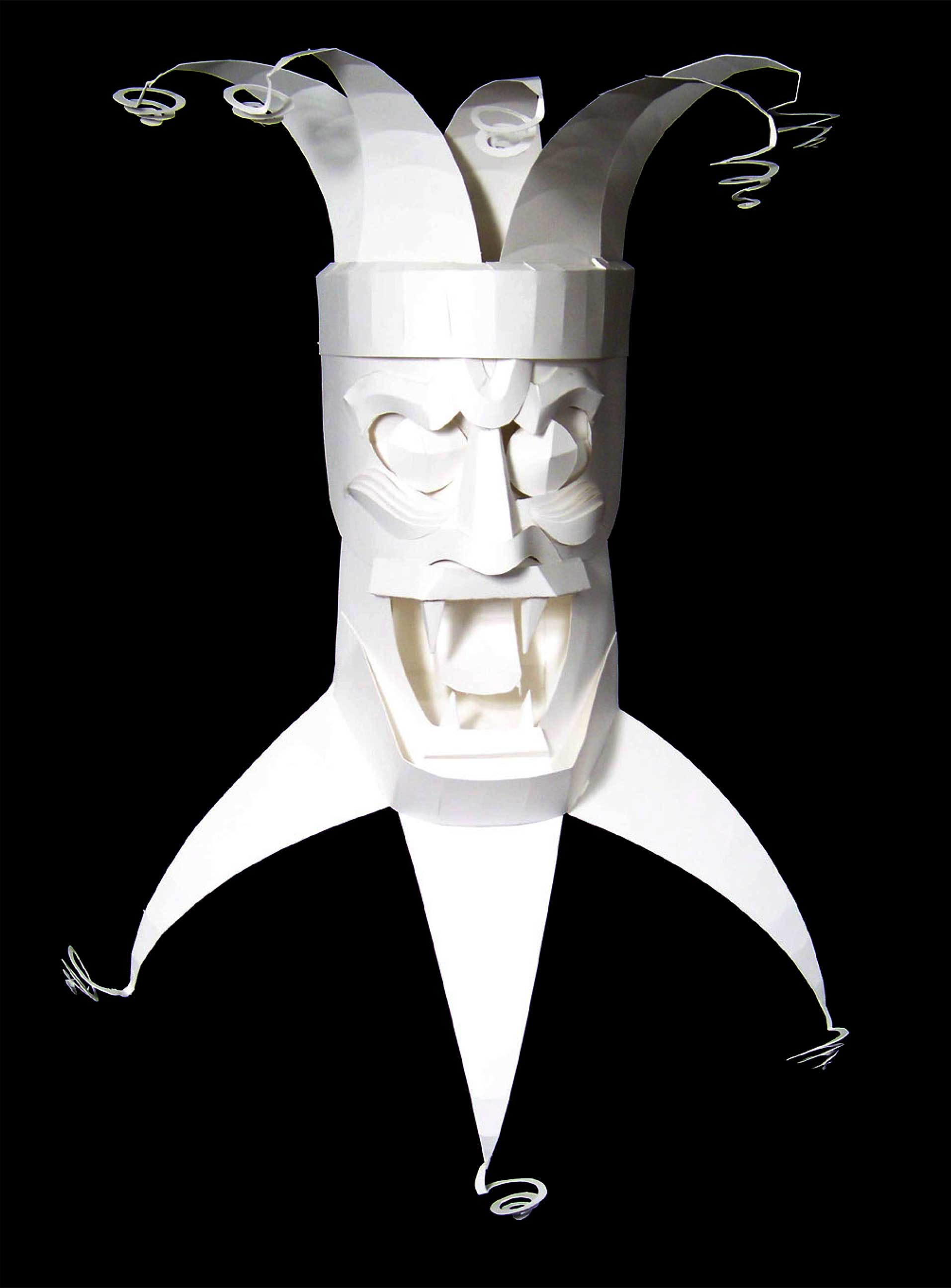
—Project: Hybrid cultural masks in four media: front and side line drawings, three-quarter rendering, 3D contour with wire, and 3D surface with bristol. In this second phase of the sophomore year, the focus shifts to form making and spatial representation. Through background research (M. Pasternack's posters) and rendering, students are then asked to “draw with with wire” in three dimensions as seen in the hybrid cultural mask series by G. Goodwin. The next iteration of the mask explores complex surfaces as seen in J. Inglis’ and N. Starrett's masks in bristol.
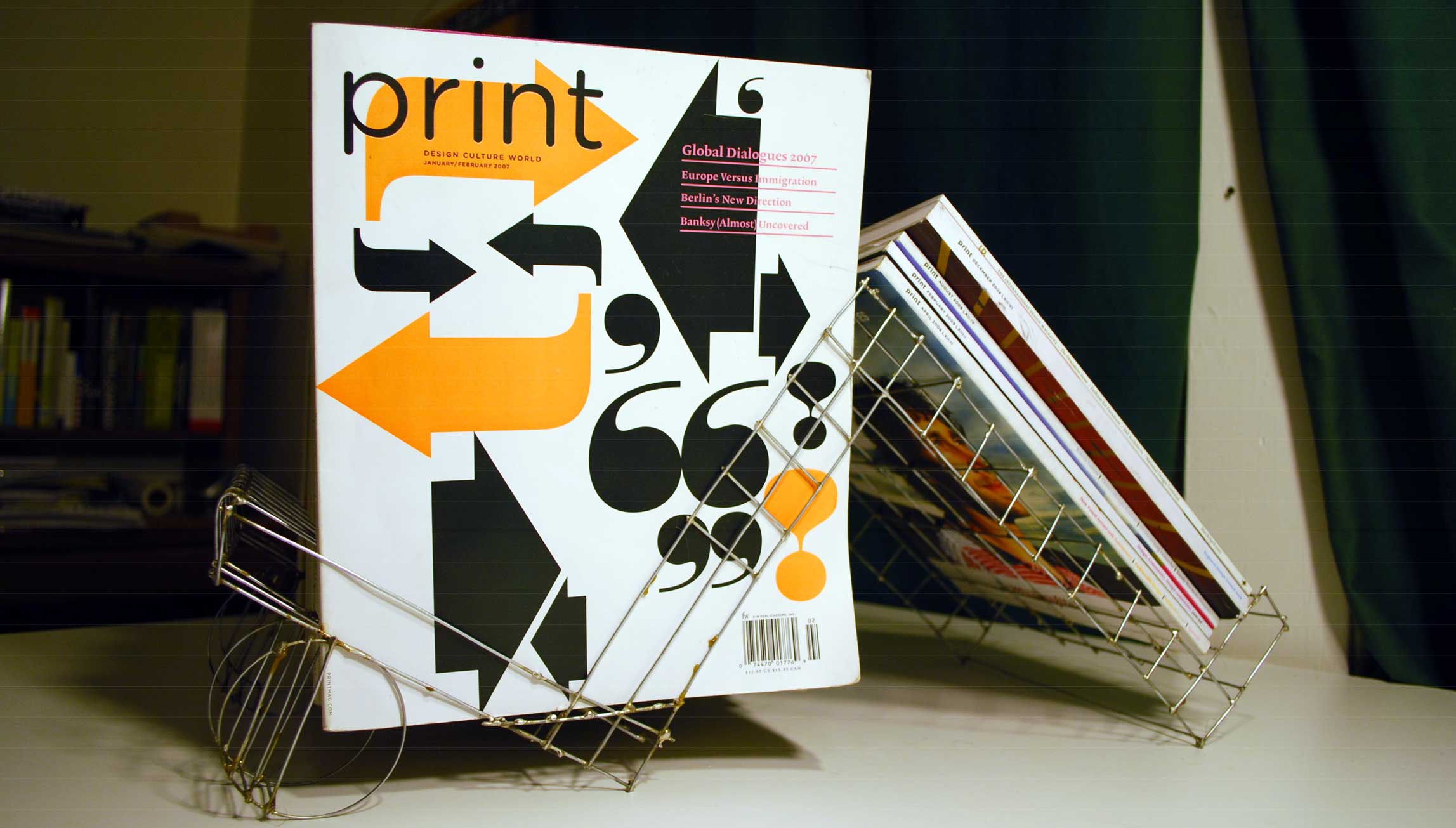
—Project: Object of utility using structurally sound wire and soldered joints (J. Inglis)
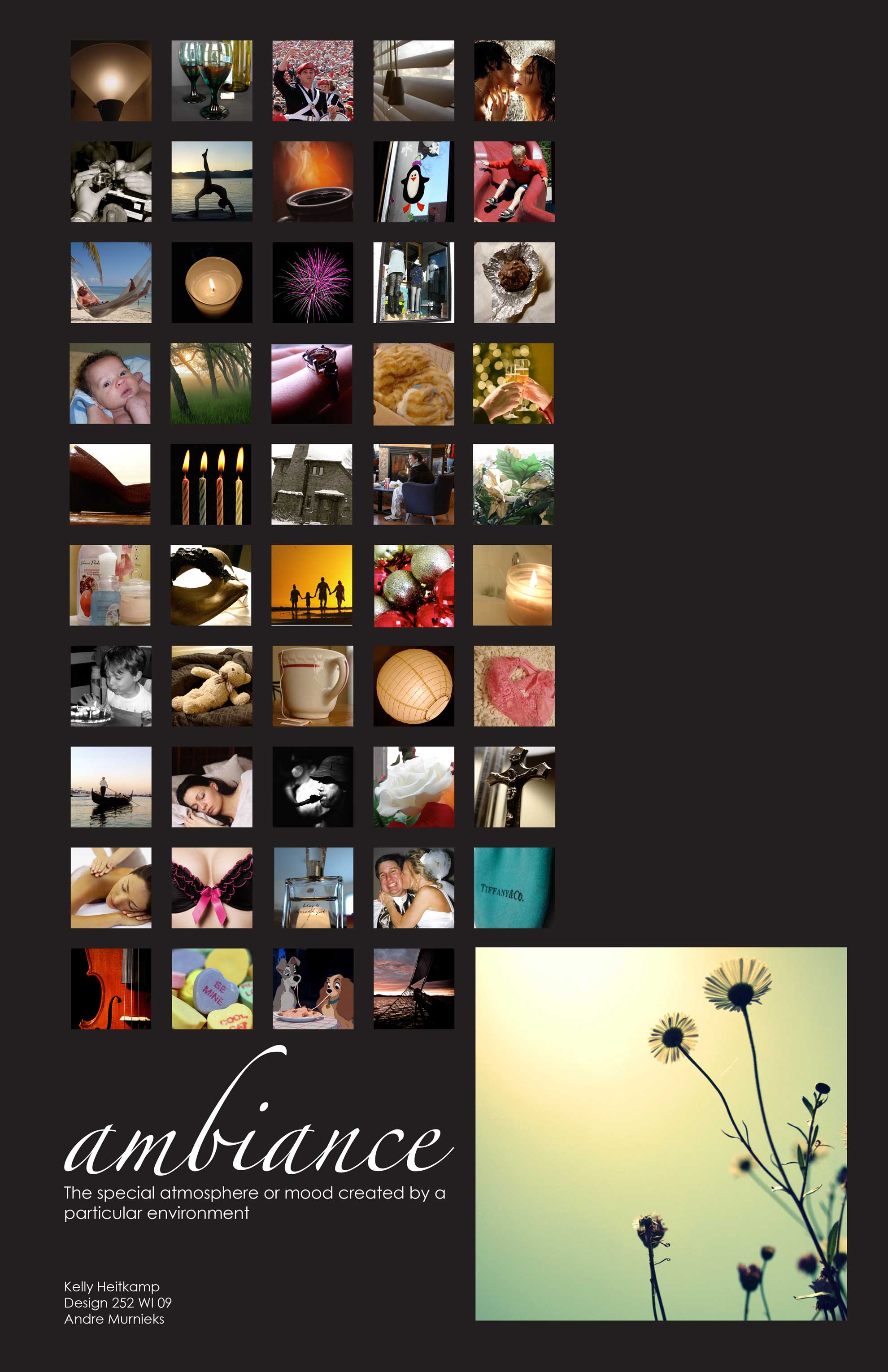

—Project: To use divergent thinking and ideation development as a mode of visually representing a word or term from 50 varying viewpoints. (K. Heitkamp, M. Pasternack)

—Project: Tessellation. Next, the task becomes more open-ended as students look to science and nature for patterns and structures that lend themselves to cellular tessellation. Students are also encouraged to see the structure from an environmental point. (C. Christian, J. Inglis)
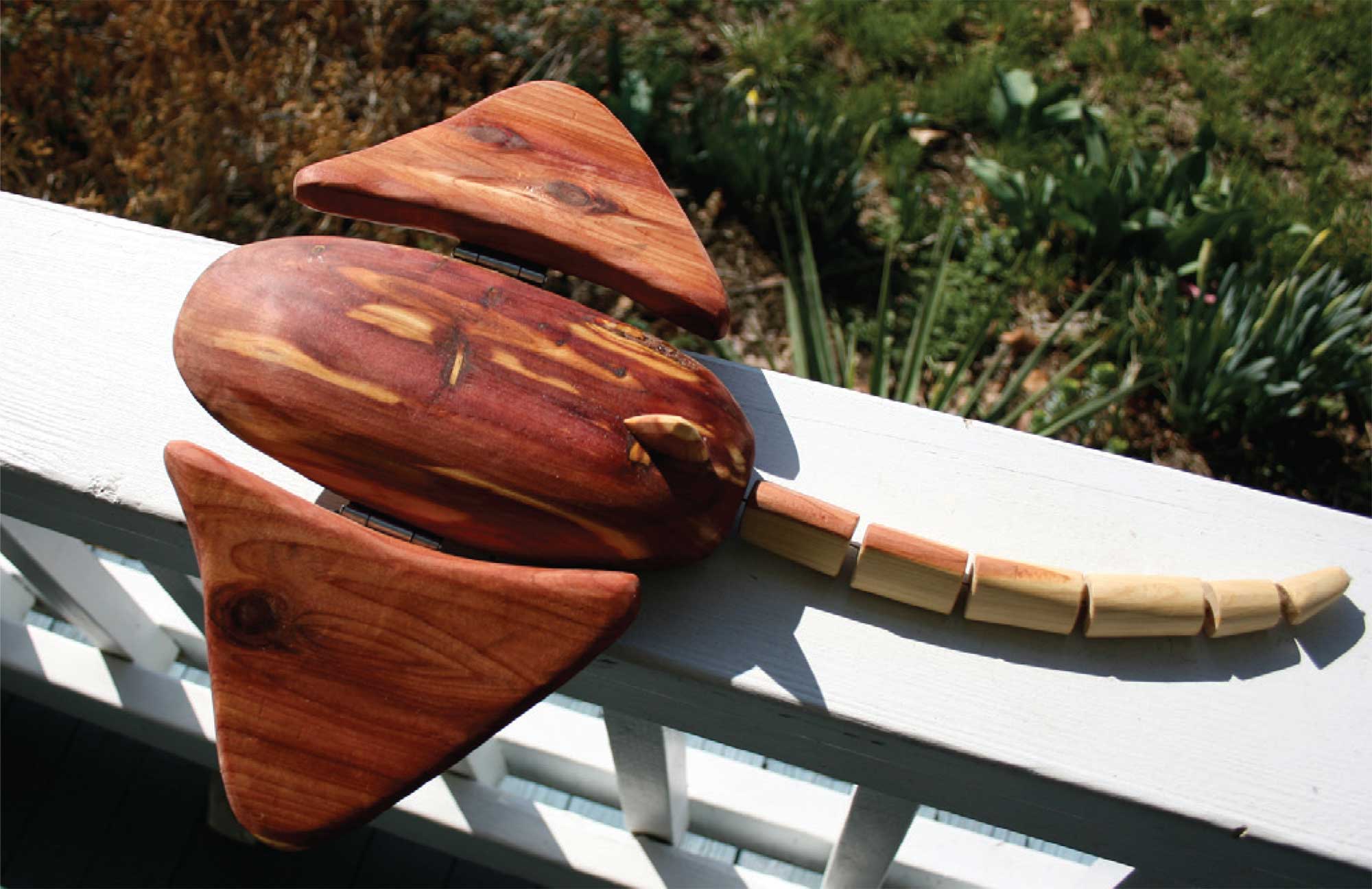
—Project: The three-dimensional experience culminates in a final project: a mechanically articulated toy animal. The first step is a group research and analysis of animal forms and behaviors and how that might be translated into a small, hand manipulated toy for small children (age range 3 – 5 years old) as seen in toy lobster (S. Ki) and a manta ray (E. Sanders). Then each student works to conceptualize and design the product with a child’s usability concerns in mind. At the same time, a functional mock-up of the working internal mechanism is fabricated to inform the aesthetics of the operational toy.
An information-based poster accompanies the prototype documenting the interactivity and behavioral motion of the toy. The project also coincides with the program’s shop department training so that every student designer is familiar with the tools and procedures to build the prototype as demonstrated in shop drawings. (G. Goodwin) Shop drawings derived from concept; presentation to target audience; prototype of toy with articulated claws and tail; course documentation (G. Goodwin). For the critique, M. Pasternack demonstrates to special guests.